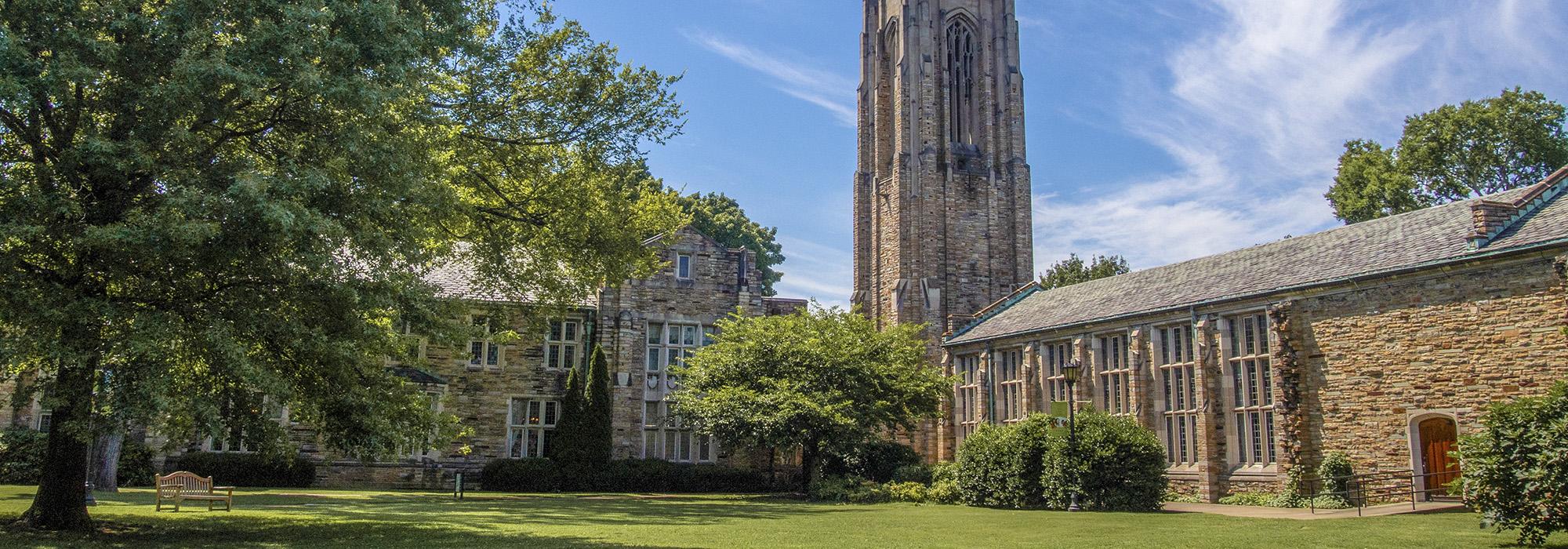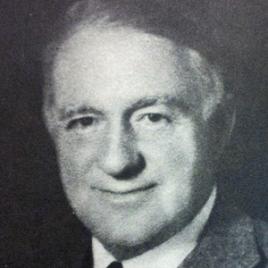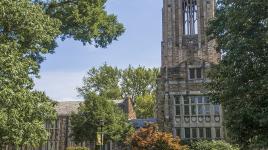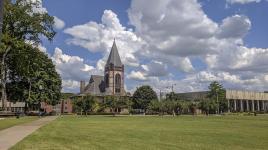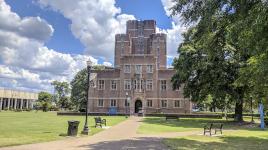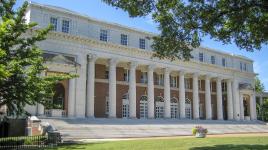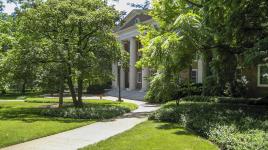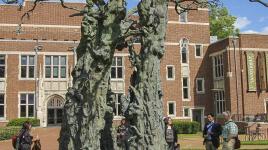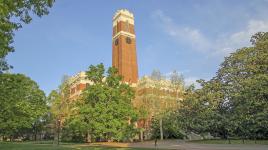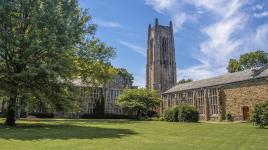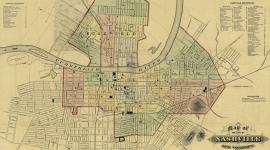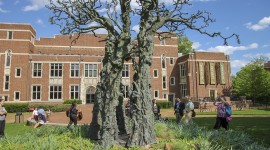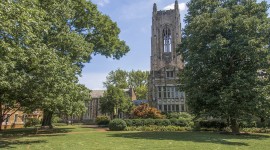Pioneer Information
Born in Camden, New Jersey, Hibbs earned a B.S. in architecture from the University of Pennsylvania in 1904. During his undergraduate study, he served as an apprentice at the architectural firm of Frank Miles Day and Brother. He worked for one year in Philadelphia at Cope and Stewardson before moving to New York City, where he worked at George B. Post and Sons, from 1904 to 1906, and D. Everett Wade, from 1908 to 1909. He then partnered for four years at Van Vleck & Goldsmith Architects, where he designed a post office building and a theater in Westfield, New Jersey.
In 1913 Hibbs left Van Vleck and began work with the firm Ludlow and Peabody in Nashville, Tennessee, serving as the supervising architect for the construction of the George Peabody College for Teachers in 1914. There he worked with landscape architect Warren Manning to design a neoclassical campus inspired by the grounds of the University of Virginia, particularly its large central lawn. He went on to design numerous buildings in Nashville, including the libraries at both Vanderbilt University and Fisk University and the Nashville Electric Building. In 1929 he was awarded a Gold Medal from the American Institute of Architects for his plan and design of Scarritt College for Christian Workers (now the Scarritt Bennett Center). Outside Tennessee, Hibbs completed projects for Mary Baldwin College in Virginia, Davidson College in North Carolina, Hendrix College and Galloway College, both of Arkansas, the University of South Carolina, Columbia, and the University of Tulsa in Oklahoma. He passed away at the age of 67 and was interred in Nashville’s Mt. Olivet Cemetery.



